How To Grow Juniper With Matt Collins: ‘They’re Such Robust, Diverse And Aromatic Trees’
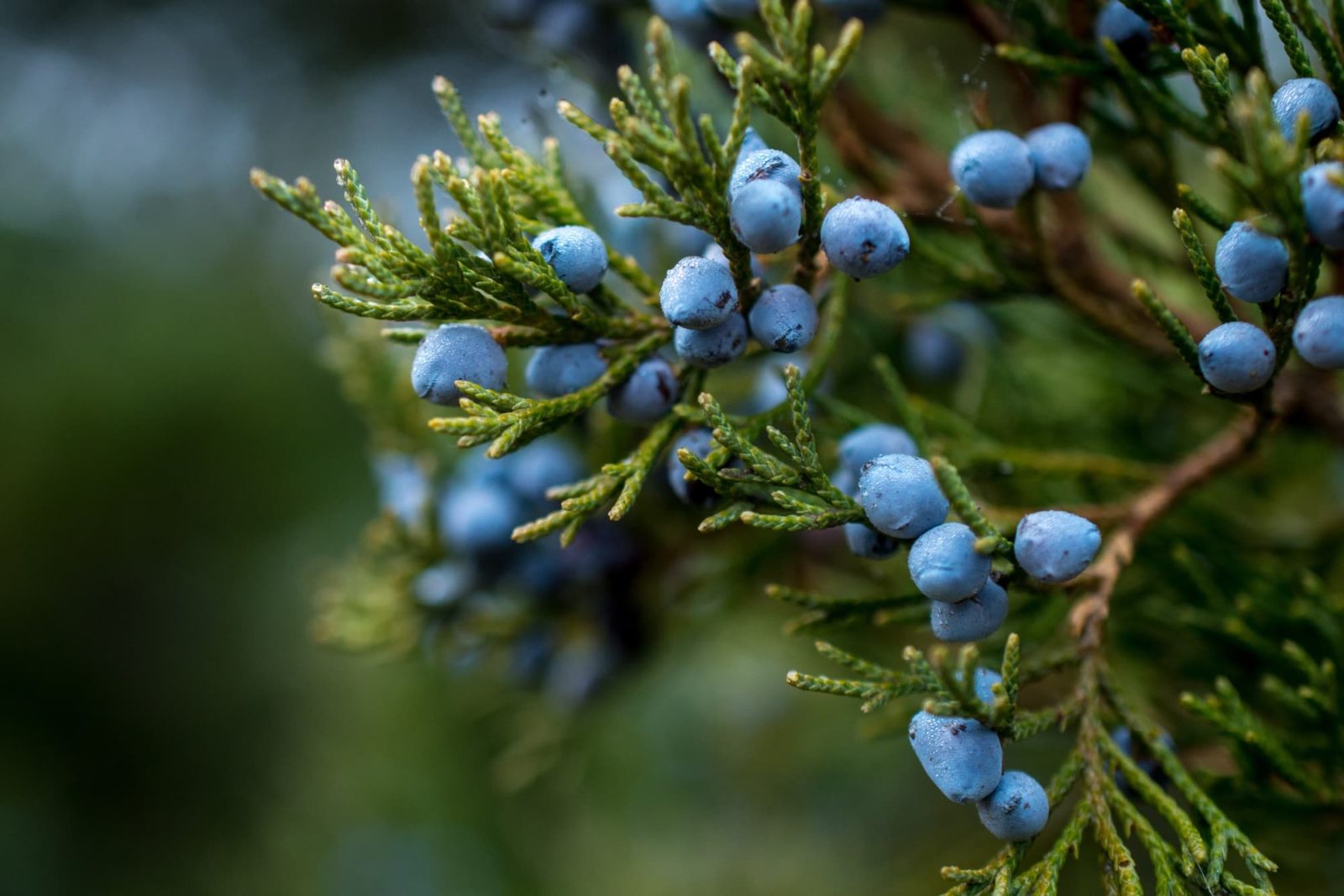
SHRUBS > JUNIPER

Elizabeth is a Permaculture Garden Designer, Sustainability Consultant and Professional Writer, working as an advocate for positive change. She graduated from the University of St. Andrews with an MA in English and Philosophy and obtained a Diploma in Applied Permaculture Design from the Permaculture Association.
Reviewed By MOLLIE BROWN
Contributions From MATT COLLINS

Matt Collins is the author of several books on gardening and travel and has written for many publications including The Guardian and The Times. He is also the Head Gardener at The Garden Museum in London. Matt trained at the National Botanic Gardens of Wales.
JUNIPER GUIDES
Juniper are trees or shrubs in the Juniperus genus that are widely distributed and found in many locations throughout the Northern Hemisphere.
The plants within this genus can vary greatly, from tall, upright trees to sprawling, low-growing, ground-covering shrubs.
Many species within this genus are popular plants in UK gardens.
“After researching for my book ‘Forest: Walking Among Trees’, I gained a new-found respect for the widely varying and ever resilient Juniper community,” shares Matt Collins, a Garden Writer and Horticulturist.
“While on a windswept ruin in the western Scottish Islands, I was introduced to junipers creeping along ancient stone walls. They’re just such robust, physically diverse and aromatic trees – you can’t help but become enchanted by them.”
Overview
| Botanical Name | Juniperus |
| Common Name(s) | Juniper |
| Plant Type | Tree / Shrub |
| Native Area | Northern hemisphere |
| Hardiness Rating | H6-H7 |
| Foliage | Evergreen |
Sunlight
Preferred
Full sun or part shade
Exposure
Exposed or sheltered
Size
Height
Varies
Spread
Varies
Soil
Preferred
Loam, sand, clay
Moisture
Moist but well-drained or well-drained
pH
Any
Over 50 different species of juniper exist, but only one is native to the British Isles – Juniperus communis.1Juniper (Juniperus communis). (n.d.). Woodland Trust. Retrieved July 5, 2023, from https://www.woodlandtrust.org.uk/trees-woods-and-wildlife/british-trees/a-z-of-british-trees/juniper/
Although this is the only native, there are plenty of other junipers that do grow well in our climate and location and both species types and several hybrids bring interest and appeal to many gardens.
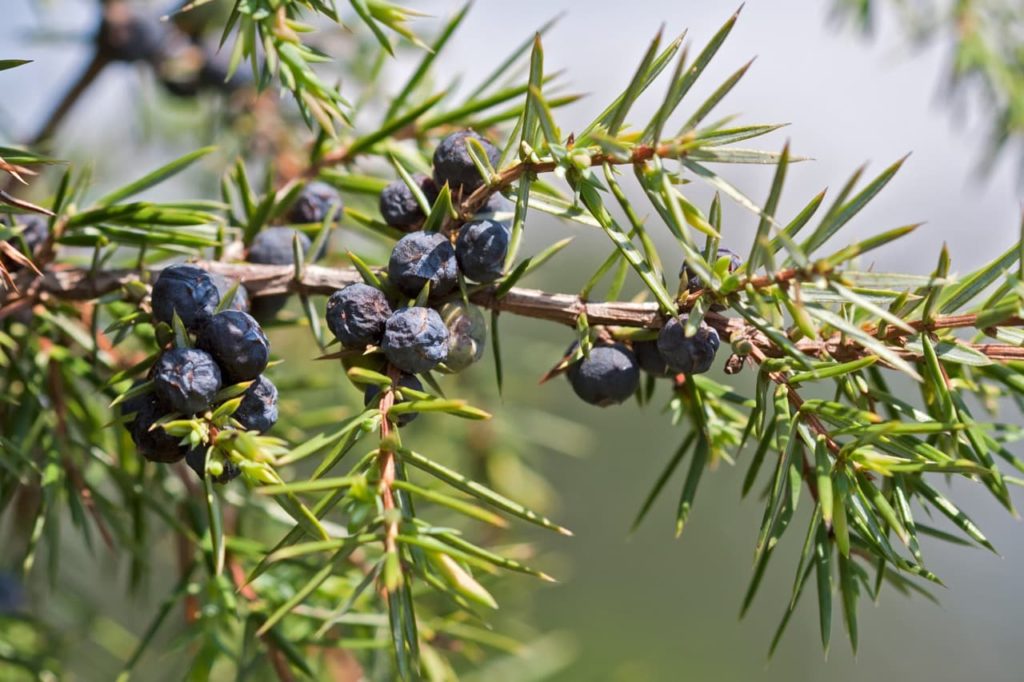
These conifers, in the Cypress family, retain their needles throughout the year.
They are gymnosperms, which means that they produce seeds, but that they have no flowers or fruits.2Plant Systematics: Gymnosperms. (n.d.). Indiana University Southeast. Retrieved September 13, 2023, from https://southeast.iu.edu/herbarium/gymnosperms.php
Common Types
As it is native to our shores, Juniper communis is often a good choice for cultivation in the UK.
There is not just the species type but also a number of named cultivars.
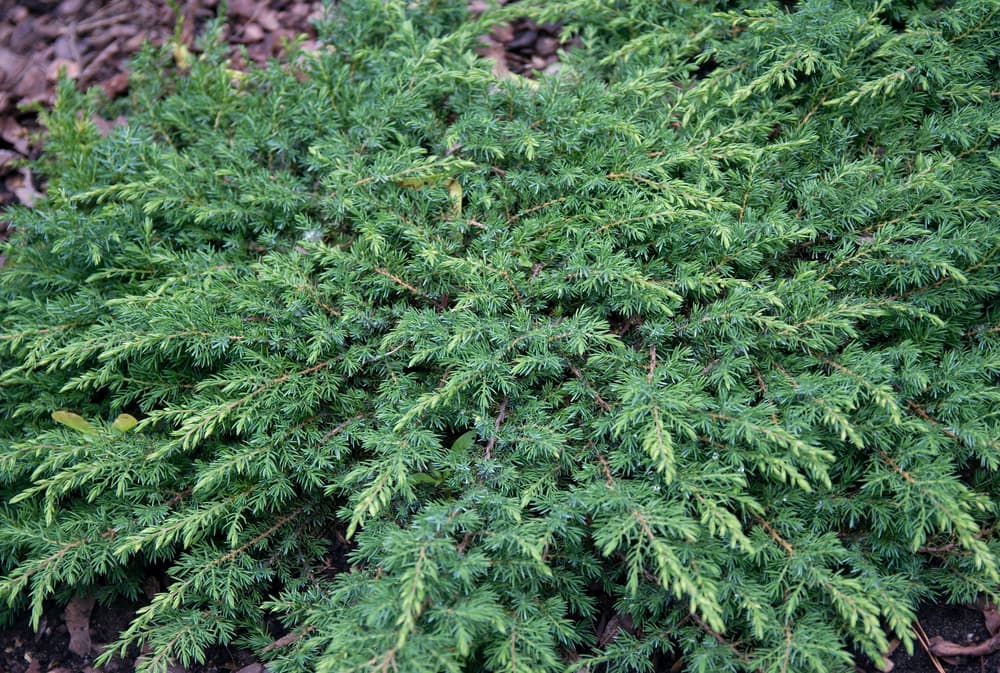
For example, you might consider:
- Juniperus communis ‘Compressa’ (AGM)
- J. communis ‘Green Carpet’ (AGM)
- J. communis ‘Hibernica’ (AGM)
- J. communis ‘Repanda’ (AGM)
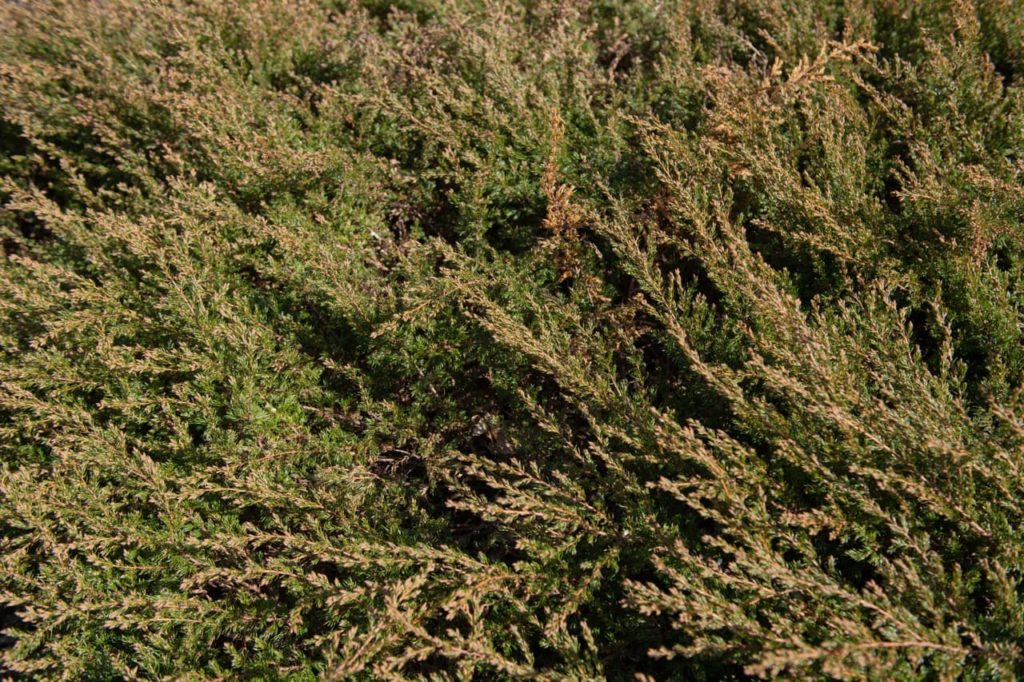
There are also many other juniper species to consider, including cultivars of:
- J. chinensis
- J. horizontalis
- J. rigida
- J. scopulorum
- J. squamata
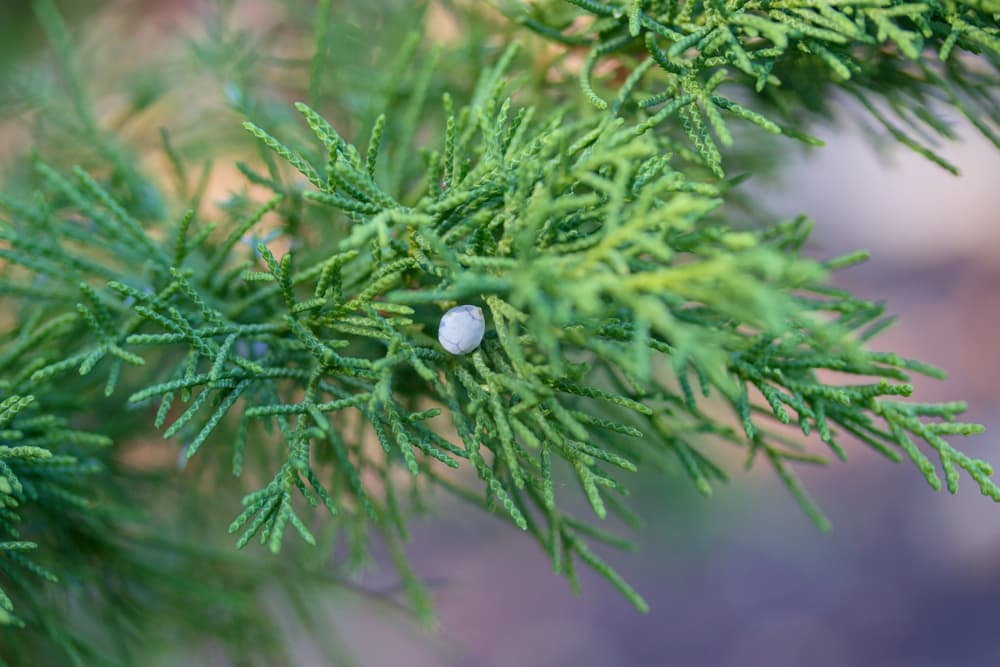
You will find that there is immense variety when selecting a juniper to grow in your garden.
How To Grow A Juniper Shrub
Whichever junipers you have chosen to grow, you need to find the right location for their needs.
Preferred Location
Junipers like a location either in full sun or in partial shade.
They are relatively unfussy about soil type and pH but do not like waterlogged conditions and require a soil or growing medium that is moist yet free-draining or free-draining.
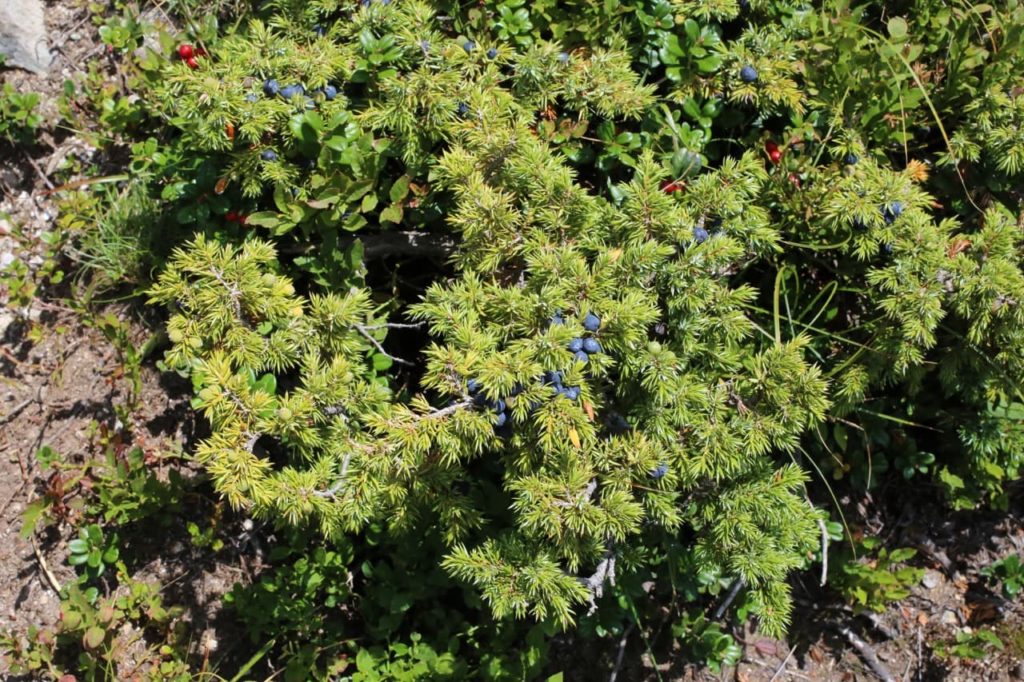
An exposed or sheltered location will be just fine and that location can have almost any aspect as long as the shade is not too deep.
Some junipers will be perfect as stand-alone specimen trees or as part of privacy planting along a garden boundary.
Others are good for the middle of a bed or border.
Ground-covering, low-growing junipers can be ideal for the front of a bed or as edging for a pathway.
Propagation Methods
Junipers are usually purchased as potted plants.
However, if you already have some juniper in your garden, it is often possible to propagate them by taking semi-hardwood cuttings in late summer or early autumn.
This is generally the easiest way to obtain new plants.
Another relatively straightforward method of propagation for junipers is layering.
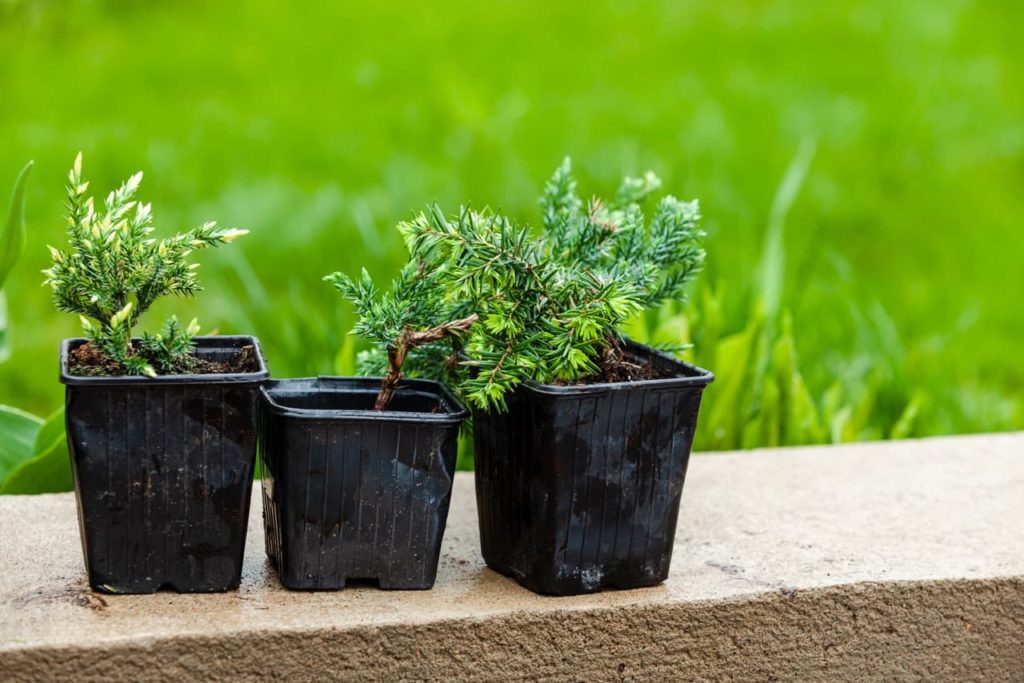
This involves bending a pliable branch down to the ground and keeping it below the soil surface so that it roots.
However, this process will typically take a long time and layered branches may not root successfully for a couple of years.
Junipers of species type can also potentially be grown from seed, though this can be a challenging process and many of the characteristics of the parent plant might not be shared by the offspring.
Finally, grafting is also a propagation method used with junipers, but this is challenging and not usually something attempted by home gardeners.
Planting
Junipers are best planted out in the spring or autumn, though trees or shrubs that have been purchased can be planted out at pretty much any time.
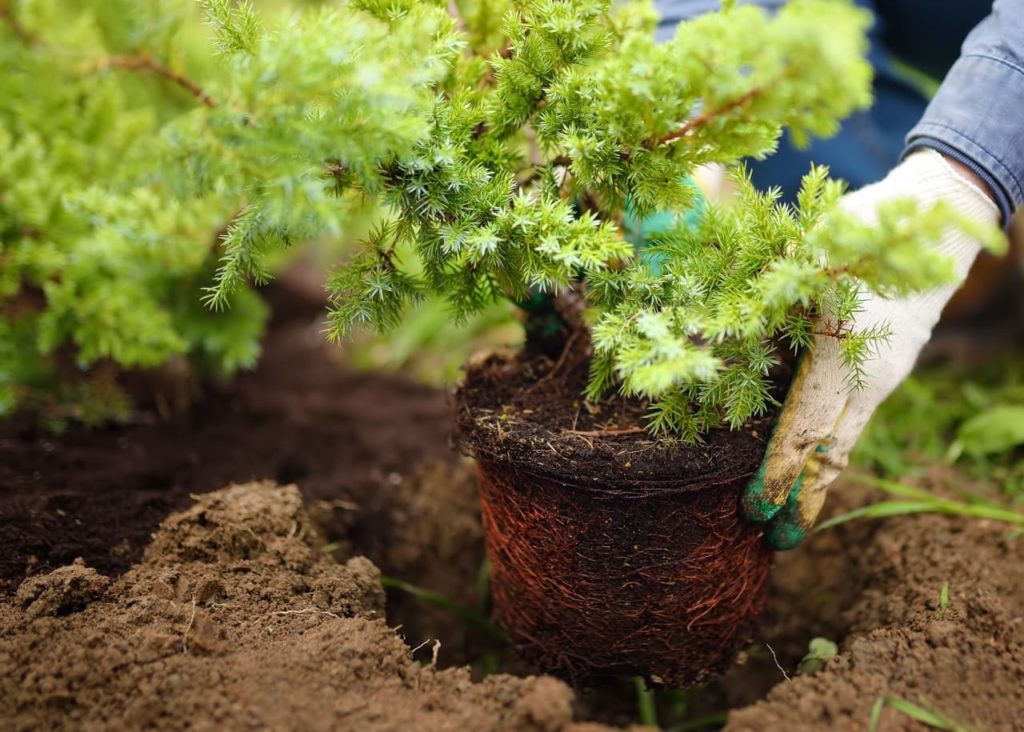
However, they may establish slowly when the conditions are not ideal so, again, make sure that you choose the right spot.
Juniper Care Guidelines
Understanding the basic needs of Juniper trees and shrubs can help you make sure that you provide them with the right care.
Light Requirements
Juniper needs a position in full sun or partial shade and cannot cope in a deeply shaded position.
When grown in a location with too little light, junipers can become stunted and growth can be poor.
Soil Requirements
Junipers are not particularly fussy about soil type and pH, but remember that they need to have moist but free-draining or free-draining conditions and cannot tolerate waterlogged conditions.
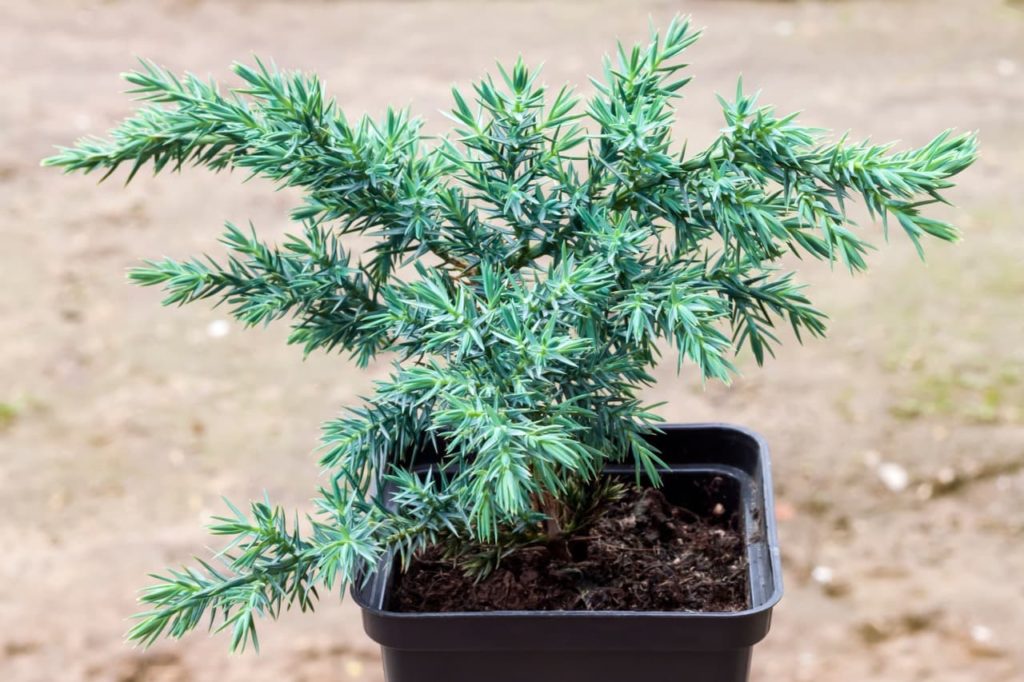
Ensure good drainage whether growing in pots or in the ground.
Watering
Water through dry spells until a juniper becomes established and when it is grown in pots, but once established, junipers growing in the soil should generally receive sufficient water from rainfall in the UK.
Feeding
Junipers are not particularly hungry plants and will not generally need additional feeding beyond a mulch added around the shrub or tree when planting, which should be replenished on an annual basis each spring.
If growth is poor, a weak compost tea or other general-purpose organic liquid feed may sometimes be beneficial for junipers grown in containers.
Harvesting
The berries (technically cones) of Juniperus communis are typically harvested in the autumn and then dried for later use.

They are often used as a flavouring in food and drinks and are particularly common in gin.3Riu-Aumatell, M. (2016). Gin. In Elsevier eBooks (pp. 222–226). https://doi.org/10.1016/b978-0-12-384947-2.00350-0
References
- 1Juniper (Juniperus communis). (n.d.). Woodland Trust. Retrieved July 5, 2023, from https://www.woodlandtrust.org.uk/trees-woods-and-wildlife/british-trees/a-z-of-british-trees/juniper/
- 2Plant Systematics: Gymnosperms. (n.d.). Indiana University Southeast. Retrieved September 13, 2023, from https://southeast.iu.edu/herbarium/gymnosperms.php
- 3Riu-Aumatell, M. (2016). Gin. In Elsevier eBooks (pp. 222–226). https://doi.org/10.1016/b978-0-12-384947-2.00350-0

